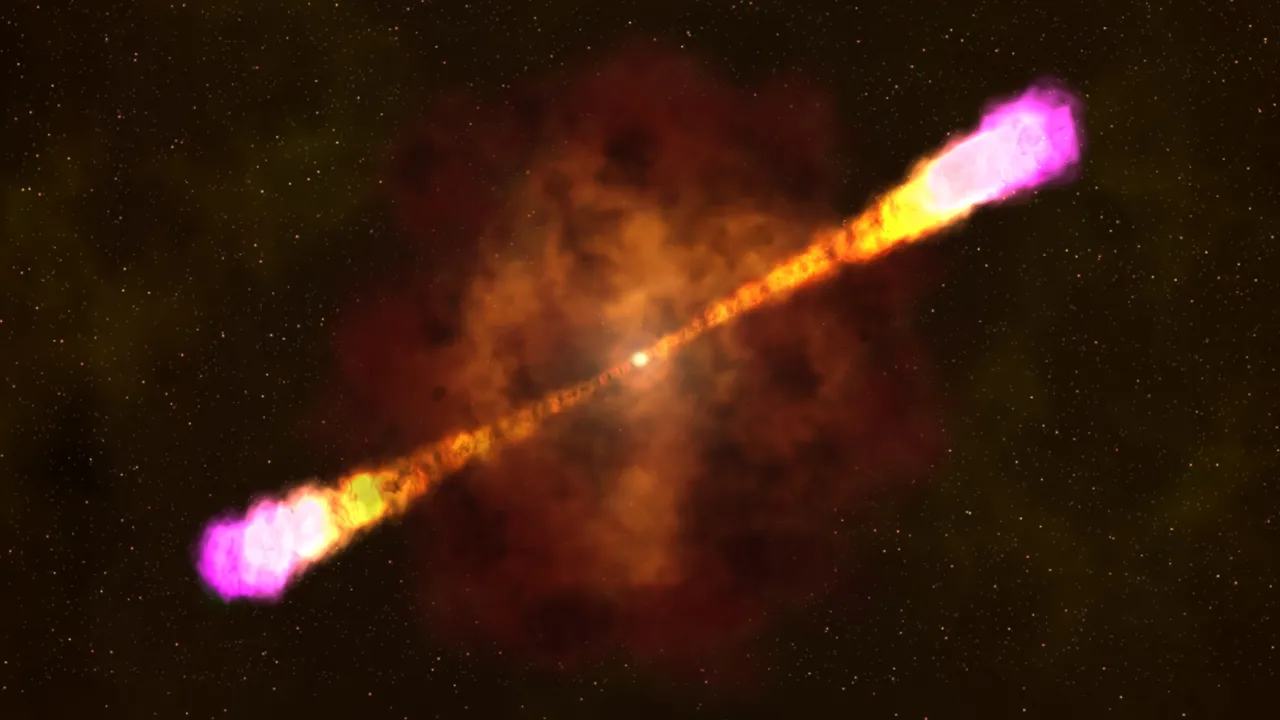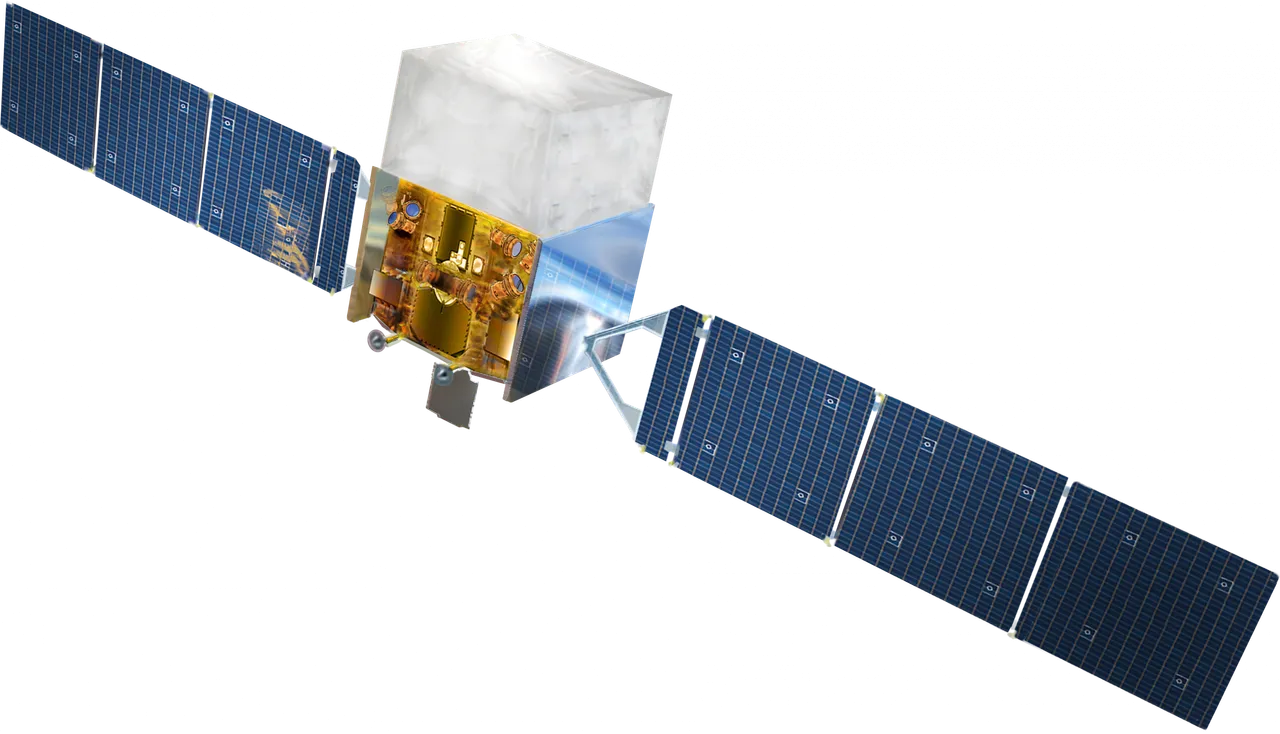
Gamma Ray Burst.
Gamma rays coming from the sun have been found to be much more prolific than expected, and could shed new light on the star's magnetic fields. A decade long project using NASA’s ma-ray Space Telescope has observed gamma ray activity over most of the ~11 year solar cycle, and is the most comprehensive of it's kind. Gamma rays are high-energy penetrating photons with energies above 100 keV. The highest energy gamma rays are emitted during lulls in solar activity, which the scientists attribute to largely unknown magnetic fields.

NASA's Fermi Gamma Ray Space Telescope
The observed gamma rays don't actually originate from internal solar activity, instead being the product of powerful cosmic rays. Cosmic rays are incredibly high-energy protons shooting through space, of unknown origin. When these protons collide with solar protons, gamma rays are produced. However, these newly produced gamma rays would never escape the sun to be seen by astronomers if not for tangled masses of magnetic fields. Astrophysicist John Beacom of Ohio State expressed surprise about the power and variance of the fields responsible for percieved gamma ray activity, adding that they were "much more weirdly shaped than we expected." When these masses are at the solar surface, they can intercept incoming cosmic rays, twisting them around and shooting gamma rays out from the sun.

T. LINDEN ET AL/PHYSICAL REVIEW LETTERS 2018
The researchers found that only during the lowest period of activity, called the solar minimum, were gamma rays produced above 100 billion electron volts (GeV). THey also found that gamma rays are emitted from different surface locations depending on the point in the cycle, despite predictions of uniform distribution. The rays came mainly from the equator during solar minimum,while clustering near the poles during solar maximum. No correlation with solar flares or sunspots with gamma ray activity has been found so far. But the rays should offer new means of studying magnetic fields in the photosphere, the uppermost layer of the sun's surface. Along with NASA's recent launch of the Parker Solar Probe to map field activity in the corona, we are in for a plethora of new information regarding our sun's magnetic activity.
From Physical Review Letters. https://journals.aps.org/prl/accepted/c907cY5eF951dd6f20b52de3ace4163dc7de117c9